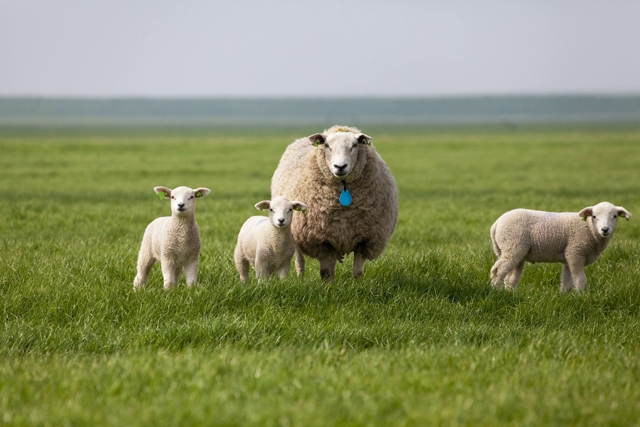Green can bring hidden danger: nitrate poisoning
 PRODUCTION ADVICE - MARCH 2020 - ANIMAL HEALTH
PRODUCTION ADVICE - MARCH 2020 - ANIMAL HEALTH
By Eve Hall
District Veterinarian
M: 0439 078 989 | eve.hall@lls.nsw.gov.au
As the region responds to recent autumn rain, we need to take extra care when shifting livestock onto green feed.
Nitrate levels may be high in lush green feeds such as immature grass es and cereal crops, especially when there’s a history of nitrogen fertiliser (urea) application.
es and cereal crops, especially when there’s a history of nitrogen fertiliser (urea) application.
Sheep and cattle are usually able to tolerate and metabolise nitrates in the diet, however poisoning can occur when stock suddenly encounter high levels in the diet without an adaptation period. The classic example is hungry stock let out onto a lush green crop. Some weeds such as capeweed and marshmallow, often found in abundance in yards and holding paddocks, also pose a significant risk to hungry livestock. A build-up of nitrates in the blood affects the oxygen-carrying capacity, and rapid death can result.
Prevention is pretty straightforward - avoid putting hungry stock straight out onto lush green feed. Fill them up on hay first and shift them on later in the day rather than in the morning, as nitrate levels in the plant are highest in the morning and lowest in the afternoon. Take particular care if grazing former sacrifice paddocks and holding yards, as the heavy manure load on these areas can lead to high nitrates in the recovering green feed.
To chat more about managing the transition onto green feed, you can get in touch with a district vet in your region by contacting your nearest LLS office on 1300 795 299.